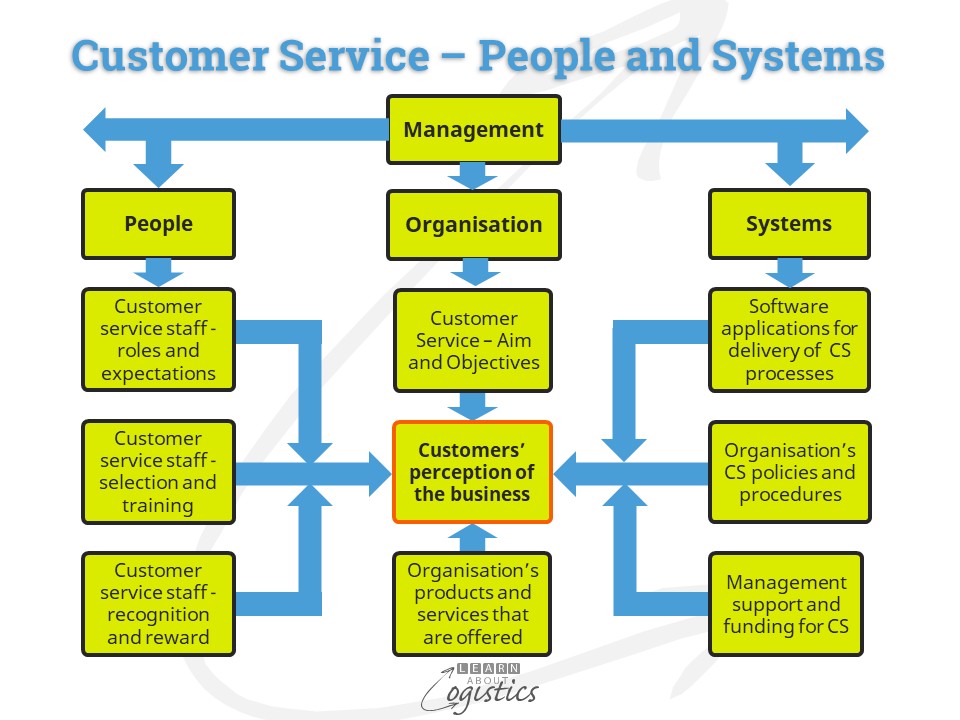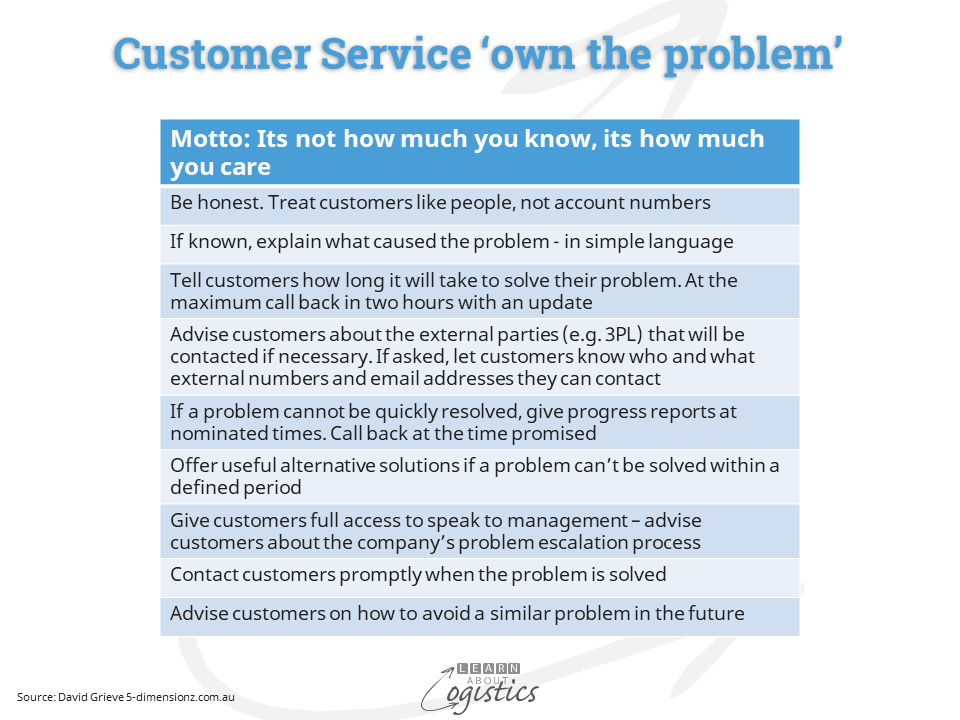Customer Service experiences
The encounters with eCommerce businesses by Learn About Logistics (LAL) have been for bulky items and replacement parts. About every two years, we provide a blogpost concerning continuing bad experiences with eCommerce and customer service. This first post of 2023 is written following another bad experience, which also fits a consistent pattern.
The background is that the LAL delivery address differs from the billing address and the delivery address is not in number sequence with the adjacent properties. Apparently, that is too difficult for the delivery of a parcel.
The pattern for an LAL order is that instructions concerning the delivery address are either not passed to the 3PL distribution business by the shipper, or the 3PL does not inform the driver (who is usually an ‘independent business’ or casual employee). The driver has no incentive to find the delivery address, so returns the parcel to the depot, stating that it is the ‘wrong address’. Meanwhile, the sales company’s tracking system sends a message to LAL that the parcel has been delivered!
So, here is a customer without their parcel and a computer stating that the parcel has been delivered. Enter Customer Service, with the person at the end of the phone typically being either in a developing country or working from home (or both). They usually have a script on their screen that is full of platitudes, but no ‘call to action’. Not once has a Customer Service person ‘owned the problem’ – no responsibility is taken by an individual.
Saying “we apologise for the delay in delivery” does nothing for taking responsibility to fix the problem and contact the customer. The approach is to either:
- say that their screen shows the parcel has been delivered and they can do no more except provide a credit note
- blame the 3PL distribution company (and tell LAL to contact the 3PL) or
- say they will trace the problem, but never return the call
In all experiences, the shippers, delivery companies and drivers did not contact LAL to confirm the delivery address. At each supplier there was not an identifiable escalation process for managers to fix delivery problems.
Should customer service be this difficult for customers? Companies spend a lot of money on advertising and promotion to gain customers, but how much is spent to retain customers through customer service? As a customer, our expectations are not excessive when contacting a supplier to enquire, book a delivery or maintenance call, dispute an account, query a delivery or for any other reason. Have management attitudes about the value of supply chains really changed? If not, expenditure on web sites, social media, big data analysis and AI is being wasted.
Customer Service model
A common feature of the LAL experiences is that the Customer Service function is part of Sales, even though the majority of calls are concerned with delivery, which is post sales. This means that Customer Service does not have access to Logistics plans concerning orders to be delivered or delivery history – very convenient for making excuses! Instead, Customer Service capability should be an integral part of the Supply Chain processes, although not necessarily physically located within Logistics.
The diagram below provides a model containing the three elements for effective Customer Service: organisation, people and systems, which together will enable customers’ perceptions of your business.

Organisation: the strategy of the business should contain the Customer Service aims and objectives, which identifies decision making responsibilities concerning customers. Also, a current list of products and services (with outline specifications if required) that are sold by the business. This must be easily accessed and interrogated by Customer Service personnel.
People has three aspects: roles and performance expectations set by management; the capabilities and training levels expected of staff members and how Customer Service staff will be recognised and rewarded.
Systems address the customer service delivery processes. It includes the IT and communication systems used; the policies and procedures that support Customer Service people and the budget allocation process.
Customer Service experience
As things will inevitably go wrong, the Customer Service function must be staffed with people who are capable and trained to resolve the inevitable challenges. They require three main capabilities:
- Empathy: staff must be courteous, attentive to the issues and willing to be helpful. Speak clearly and slowly
- Knowledge: To enable prompt dealings with customers, be knowledgeable about the organisation; products and services sold and the support systems. As the customer is not always correct in their assumptions about a situation, it requires service people with knowledge and empathy to inform the customer
- Dependable: a customer’s perception of service is formed by comparing what (and when) they receive as the order or response against promises initially offered. Customers want to believe the first promise made concerning their enquiry, booking or complaint is from a competent person. The measure of Dependability is a willingness to ‘own the problem’
What does ‘own the problem’ mean? The following 9 points are provided by David Grieve with many years of customer service experience as an executive and owner with 3PL businesses:

However, in a commercial or industrial environment, the ‘customer’ can be many people. For example, in the case of services for equipment, customers could include the:
- Engineer who initially specified the equipment
- Procurement professional who undertook the commercial negotiations to buy the equipment
- Operations people who use the equipment
- Maintenance person who approves the visits to service the equipment
- Accounting person who authorises payments under the maintenance contract
Each has their own views concerning the importance of and the value they assign to the different parts of the service offering, which collectively provides the corporate perception of the supplier.
The situations experienced by LAL concern the ‘moment of truth’, when current and potential customers have physical or virtual contact with front-line personnel. Each ‘moment’ lasts a short amount of time, but this is when a perception of the supplier’s business is formed. Decisions are then made whether to undertake or continue business with the supplier. Does your organisation know how many ‘moments of truth’ they experience in a year and the outcomes?

